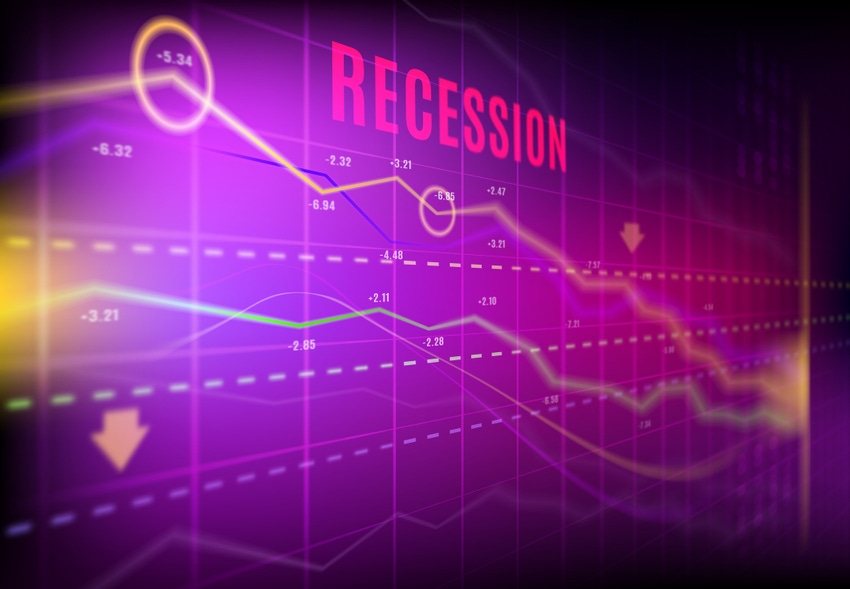
Many of you that follow this column or have seen me speak may not realize that I also am an educator at several graduate schools of banking.
I have taught over 5,000 bankers at these elite schools over a 30-year period. In these courses I teach very little about agriculture, but quite a lot about interpreting economic change.
Our discussion often focuses on the economic indicators that are a foreteller of the direction of the economy. Let's discuss a few of these metrics and see where the U.S. economy stands.
Index of consumer sentiment
One of my favorite indicators is the Index of Consumer Sentiment, published by the University of Michigan. This metric is very important because the consumer and services drive nearly 70 percent of the U.S. economy. In the past 15 months, this number has been below 75, indicative of a possible recession.
However, the $2.9 trillion of stimulus savings built up during the pandemic has been a shock absorber for the economy. The problem is that these government checks and savings will likely be spent by the end of 2023. This, along with credit tightening by the banking industry as a result of the recent banking issues could be a storm cloud indicating that a possible recession is brewing.
As a side note, just prior to the pandemic this index was above 90, a sign of strong consumer confidence, for over 95 percent of the time when the U.S. was in the longest economic expansion in history of 128 months without a recession.
Leading economic index (LEI)
The Leading Economic Index (LEI) has been observed and analyzed by economists since the Great Depression as a metric indicating the direction of the economy. The LEI diffusion index, which measures whether the ten factors comprising the LEI are trending positive or negative, has shown weakness in recent months.
If the LEI is down three-tenths of one percent for three consecutive months or down over one point over a three-month period, then there is a 70 percent chance of a recession within a year. This indicator has seen this condition since mid-2022.
Why no recession? Again, the stimulus monies and savings that are being spent, particularly in the service industry, travel, and other segments as well as very accommodative economic policy, have kept the economy motoring along.
Yield curve
An old standby of economic indicators is monitoring the two-year and 10-year financial instruments. When the two-year money is more expensive than the 10-year money, this is called an inverted yield curve, which historically occurs ahead of most recessions in the U.S. and abroad. The steeper the inversion, the higher the chance of a recession.
Generally, an inverted yield curve indicates that a recession could be on the horizon 12 to 15 months later. The bad news is that the yield curve has been inverted since about mid-2022. On a side note, if the curve is trending positive, it is a sign of a strong economy.
Many of the economic indicators point towards a recession coming around the corner, but only time will tell!
About the Author(s)
You May Also Like






